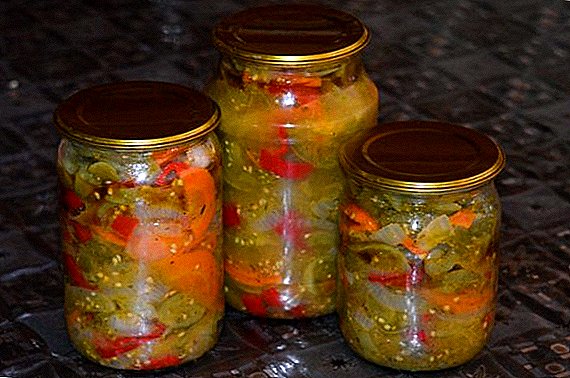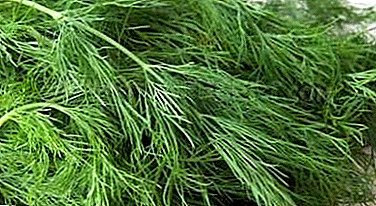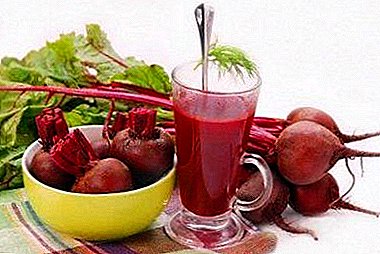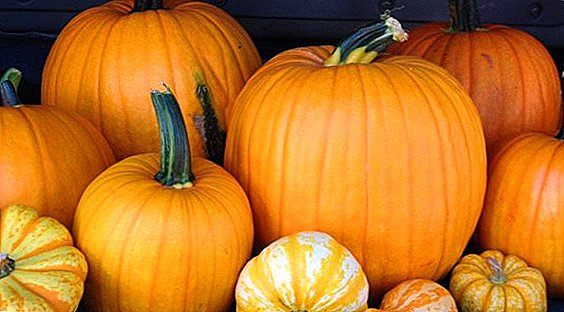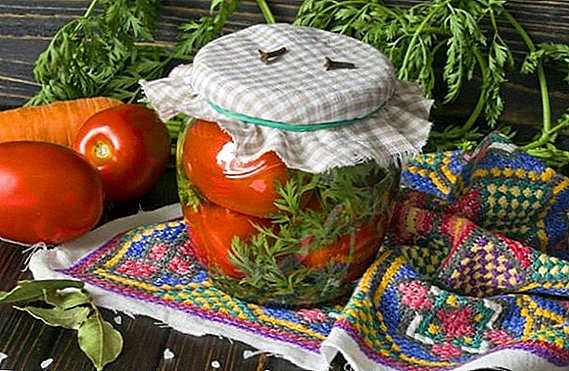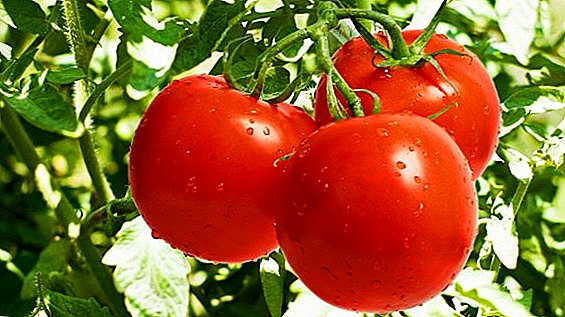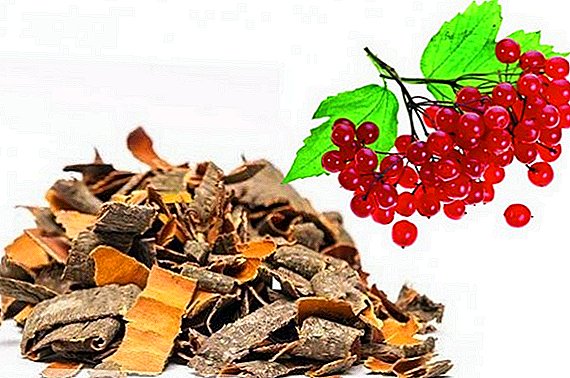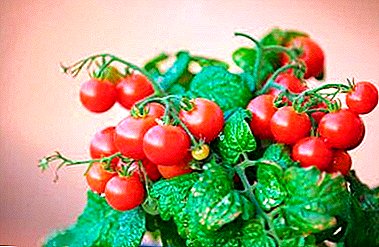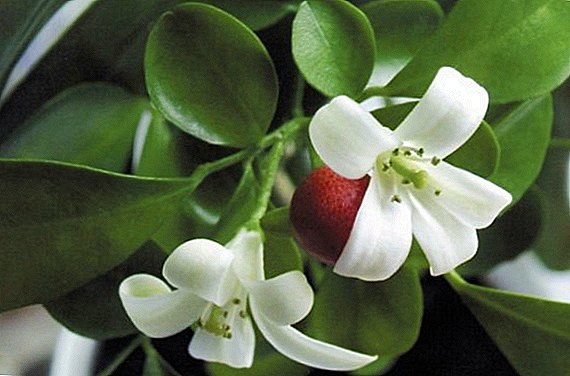 In recent years, an incredible amount of all kinds of exotic plants has appeared in flower shops.
In recent years, an incredible amount of all kinds of exotic plants has appeared in flower shops.
Often they are expensive and require close care. But how to keep from the brightness of colors, forms and various semi-mystical properties that are attributed to a particular guest from faraway countries !?
Very often, among the "overseas" plants, comes across Muraya - a flowering tree with white bark and shiny, glossy, dark green leaves, with healing properties.
Muraya (Murrayya): a brief description of an exotic flower
The homeland of Murayi, or Murrayi, is tropical forests and mountainous regions of India, Indochina, the islands of Java and Sumatra. Also this plant was very well known in medieval Japan. Muraya (lat. Murraya) is an evergreen shrub or rut tree. It has many varieties, including paniculata, Himalayan, black-fruited, Dutch, dwarf, winged, etc. It should be noted that rutovaya are very close to citrus. Like lemons, Murai fruits are edible and healthy. Young shoots Muray pubescent, and adults - smooth. Dark green leaves are unequal, with five or seven elliptical leaves, leathery. In addition, they have a unique flavor.
Did you know? In India, for example, the leaves of Murai König (“curry tree”, as it was called by the British) are used in dried form as a seasoning, and fresh ones are added to meat and vegetable dishes.Muray flowers are white or light cream. Small, with a diameter of about two centimeters. Often with a very strong aroma. Sometimes collected in inflorescences. They are added to tea. As recent studies have shown, the aroma of Murai flowers has a beneficial effect in attacks of angina.
Murayi fruits in ripe form, most often bright red. Rip about four months.
What conditions to create in the house for exotic
Despite the fact that the homeland of Murayi is tropical forests and mountains, this plant has adapted quite well to living in apartments. So, what is necessary for an exotic bush to feel good and give joy to a caring owner? Consider in more detail how to grow Murayu at home.  As with all terrestrial plants, the muraie has three components: light, water, and soil. The temperature in the apartment or the greenhouse should not fall below 17 ° C in winter.
As with all terrestrial plants, the muraie has three components: light, water, and soil. The temperature in the apartment or the greenhouse should not fall below 17 ° C in winter.
Important! Muraya loves the fresh air. In the summer, it is recommended to take out into the street, in the shade. Take care of the plant from the heat!
Location and lighting
Muraya unpretentious to the conditions of cultivation. This is a photophilous plant, so the room where the flower is located should be sufficiently lit (windows overlook the east, south and southeast sides). However, in the summer, you need to protect the delicate flower from direct sunlight. It is better if it will get stray light. Also in the autumn-winter period, additional illumination is desirable for the plant. For example, fluorescent fluorescent fluorescent lamps with a glow temperature in the range of 4000-5000 Kelvin (neutral daylight) are suitable. 
Temperature
Muraya grows not only in tropical rainforests, but also in mountainous areas, which implies its readiness for some temperature changes. However, for its development, flowering and fruiting, the optimum temperature will be 18-25 ° C. Lowering to 16 ° C and less can slow down the growth of a tree. Leaves will start to wither. Muraya will not bloom and bear fruit.
Important! Muraya does not tolerate heat.This should be considered when placing a flower on the windowsill.
How to care at home
Caring for Muraya is not at all complicated. It is only necessary to understand and take into account some of its needs.
Learn more about growing at home and other plants, such as asplenium, narcissus, stromanta, bergamot, balsam, striped ehmeya, freesia.
Watering and humidity
Without water, plant life is impossible. In tropical forests, enough moisture. Muraya loves watering, but it should be remembered, the excess of the latter can badly affect the root system. Based on this, it is necessary to water the Murayu copiously, but not often.
It is necessary to allow the soil to dry. The plant is good for spraying, but in all you need to feel the measure. Moisturizing is also beneficial. This may be a regular fish tank, which is located near the plant.  You can also put a container with water next to the plant and place it in expanded clay or moss. In this case, the gradual evaporation of moisture compensates for dry air. For spraying and watering is better to use soft boiled or distilled water.
You can also put a container with water next to the plant and place it in expanded clay or moss. In this case, the gradual evaporation of moisture compensates for dry air. For spraying and watering is better to use soft boiled or distilled water.
Soil and top dressing
The soil for Muray should be nutritious. Plant is desirable to feed. Fertilizers for Murayi are needed from spring to autumn - once every two weeks water with the addition of mineral supplements for citrus. Complex fertilizers in flower shops set.
Choose at your own discretion. Somewhere in October, it will not be superfluous to insert fertilizer sticks (two-three pieces) into the pot with the ground where the tree grows. Also, when transplanting, bark and wood ash will add a good effect to the soil. 
Cropping and crown formation
Muraya does not need special pruning.
Important! A useful feature of this plant is that it does not have to be formed (cut, prune and shear). Muraya forms herself!However, if you are a lover of art bonsai or penjing, feel free to practice on this tree. Muraya easily tolerates undercutting. To form a beautiful crown from a young age, the trees are pinned to the growth points of actively developing shoots. You should also cut out extra branches. Otherwise, the tree can turn into a bush.
Flowering and fruiting
Flowers are kept on the branches of the plant for one or two days. With suitable moisture, the fruit is tied by itself. But still it is better to help the tree. Muraya is pollinated with a brush. It is enough to transfer the pollen from the flower to the flower. Fruits, when ripe, acquire a bright red hue. The fruits ripen in about four months.
Important! With proper care, Muraya blooms and bears fruit all year round. And at the same time!
How to transplant Murayu at home
Muraya is quite demanding for transplantation. An adult plant is transplanted no more than once a year. Better - once every two or three years as it grows. Transplanted by transfer.  Pot for Muray chosen not large. Replanting the plant, you can not bury the root neck. This can cause the cessation of flowering and fruiting.
Pot for Muray chosen not large. Replanting the plant, you can not bury the root neck. This can cause the cessation of flowering and fruiting.
It is advisable not to tramp the soil. It should always be loose. Murayi root system needs air. A pot with a transplanted tree can be transferred for several days to a room with dim light, for example, to a room with windows facing north.
This will help the plant to transfer stress more easily and move away from the transplant faster.
Reproduction of Murai cuttings
Muraya is easily propagated and grown in two ways, by cuttings and from seeds.
Cuttings cut from the tips of strong shoots. Two or three knots are left on the cut-off cutting with completely cut off lower leaves. Upper cut to half. Put in a pre-prepared pot with soil (you can use an ordinary plastic transparent glass). As the soil, sand mixed with peat is used.
Did you know? This method can not be called effective, since only a few cuttings will sprout. Much more efficient to grow Murayu from seed.After planting, the soil is watered and the plant is placed in a warm place. You can cover the top with a glass jar. It is advisable to shade the planted shank for a week. Enough to cover the plant loose matter. Temperature - 20-25 ° C. Irrigation is not rooted cuttings should be rare, but every day you need to spray with soft water from a spray. Two or three weeks later the stalks will be sprouted.
After this, the cuttings are transplanted into a pot filled with nutritious soil. Drainage is placed at the bottom of the pot, somewhere in one third of the tank. 
Difficulties in growing: diseases and pests
Muraya is quite a hardy plant that acclimatized well to our apartments, but still it suffers from diseases. In its cultivation and maintenance has its own characteristics and difficulties. For example, it can not grow, dry, not bloom.
Basically, all of the above problems are associated either with improper irrigation, or with a lack or excess of light. If Muraya drops leaves, then often the problem lies in overdried air. The reason for this is most often the battery under the window sill. The solution to this problem can be the transfer of the plant to another place or more frequent spraying from a spray bottle. The cause of drying out can also be damage to the fragile root system during transplantation. In this case, you need to be patient and wait until Muraya grow new roots.  Growth inhibition - either the plant does not receive enough nutrients, or stands in a place where there is not enough light, or the pot is too small.
Growth inhibition - either the plant does not receive enough nutrients, or stands in a place where there is not enough light, or the pot is too small.
If Muraya does not bloom and does not bear fruit, then most likely there is a lack of nutrients or a cramped pot.
Familiarize yourself with the rules for controlling diseases and pests of such plants as begonia, indoor palm, kalanchoe, canna, amaryllis, streptocarpus, dracaena.The tree may also not be suitable fertilizer with which you feed it. In this case, they must be replaced. In addition, pests (whitefly, spider mites, mealybugs, scutes, aphids) or fungus can start in the ground and on the shrubs. Today, in specialized stores and antifungal means, and funds from pests. Qualified advice can be obtained on site from the seller
The leaves turn yellow in Murayi - most likely it is chlorosis, a non-infectious disease caused by chlorine in the water. Prevention is simple. Ensure that the water for irrigation does not contain chlorine, or feed the plant with preparations with a chelated form of iron. The same reason and method of treatment can help in the case when the leaves of murai fall. 
Healing properties of Muray
With the blooming of muray in the air, a huge amount of aromatic essential oils and phytoncides are released. The aroma of flowers Murai soothes. Observations have shown that suffering from angina pectoris, the aroma of blooming murai reduces the frequency of attacks by 60%. Subject to its regular inhalation. Infusion of flowers used for washing. Helps to cope with sagging skin.
Its fruits are endowed with tonic properties that can reduce blood pressure, contain vitamins and many useful substances, including antioxidants. Have a hypotensive effect. Recommended for hypertensive patients suffering from coronary heart disease and other cardiovascular diseases to people. Murayi berries help reduce blood sugar levels without the use of hypoglycemic agents.
The leaves of the tree have anti-inflammatory and astringent properties. Heal wounds. The juice from the leaves helps to cope with headache and toothache.  As you can see, the benefits of Murayi are quite palpable. And even if it just stands in the room, aesthetically pleasing, pleasant, stimulating to work and rest smell - what else does a connoisseur need?
As you can see, the benefits of Murayi are quite palpable. And even if it just stands in the room, aesthetically pleasing, pleasant, stimulating to work and rest smell - what else does a connoisseur need?
Important! Despite its many medicinal properties, its use should be treated with caution. lactating mothers, pregnant women, and children up to twelve years old. Since the leaves of the plant lower the pressure, they should not be eaten by hypotoniaMuraya is a magnificent plant, quite simple in care and reproduction, it will give a lot of joy to its owners, bring a sense of comfort to the house, fill the air with a delicate aroma. This plant can be recommended even for beginners. With minimal material and time costs, we get the result in the form of magnificent flowers and fruits in three to four months. Isn't that a miracle ?!


